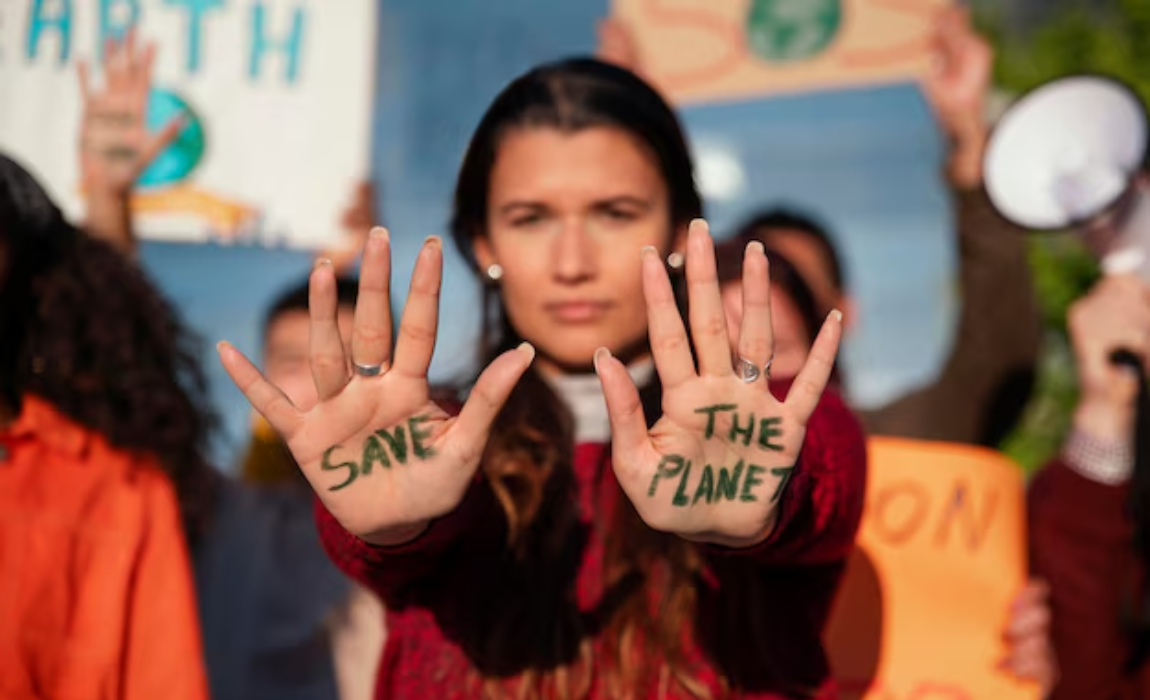
Environmental Justice and Rights of Marginalised Communities
Environmental protection and social justice are often spoken of as separate goals. Yet, in a country like India, they are deeply linked. When forests are cut, rivers polluted, or land acquired for industries, it is usually not the wealthy who suffer first — it is the marginalised communities living closest to nature. For them, the environment is not an abstract idea; it is their home, their livelihood, and their identity.
Over the years, environmental degradation has worsened inequalities in India. Tribal groups, forest dwellers, fishing communities, and the rural poor face displacement, loss of livelihood, and health hazards because of deforestation, mining, industrial projects, and pollution. These communities, who contribute least to ecological damage, often bear the highest cost of development.
The Unequal Burden of “Development”
Projects like dams, coal mines, and highways are often justified in the name of progress. But for those living on the land that is taken away, development frequently means dispossession and displacement. For instance, the construction of large dams on rivers like the Narmada led to the forced relocation of thousands of Adivasi families. Many never received proper rehabilitation or compensation. Similarly, in mining belts across Jharkhand, Chhattisgarh, and Odisha, tribal lands have been taken over by industries, leaving behind polluted soil, contaminated water, and broken communities.
Environmental injustice is not just about ecology — it is about power and inequality. The poor often lack access to legal remedies or political influence. Their voices are drowned out by corporate and bureaucratic interests. The idea that everyone has an equal right to clean air and safe water remains only on paper for many Indians.
The Legal and Constitutional Framework
India’s Constitution recognises environmental protection as a shared responsibility. Article 48A directs the State to protect and improve the environment, and Article 51A(g) makes it a duty of every citizen. More importantly, the Supreme Court has interpreted the right to life under Article 21 to include the right to a clean and healthy environment.
Judicial activism has played a vital role in shaping environmental justice. Landmark cases such as Vellore Citizens’ Welfare Forum v. Union of India (1996) introduced the “polluter pays” and “precautionary” principles. The National Green Tribunal (NGT), established in 2010, has been instrumental in handling cases of pollution, illegal mining, and environmental clearance violations.
However, access to justice remains limited for the marginalised. Legal processes are complex, costly, and often far removed from the lives of those most affected. There is a growing need to make environmental governance more participatory, ensuring that local voices are heard before decisions are made.
Towards Inclusive Environmentalism
Environmental justice must go beyond protecting nature — it must protect people. True sustainability means ensuring that economic growth does not come at the cost of the vulnerable. Policies must prioritise rehabilitation, fair compensation, and livelihood security for displaced communities. The Forest Rights Act, 2006 was a step in this direction, recognising the rights of forest dwellers to live on and manage their traditional lands. But implementation remains weak, and evictions continue.
Empowering local communities through Gram Sabhas and public consultations can help bridge the gap between policy and reality. Traditional knowledge systems — long ignored in mainstream development — should also be respected as part of India’s environmental heritage.
A Just and Sustainable Future
Climate change has made the need for environmental justice even more urgent. Floods, droughts, and heatwaves now disproportionately affect those who have the least means to adapt. Building resilience must begin at the grassroots — through stronger social safety nets, sustainable farming, and inclusive environmental planning.
Environmental protection cannot succeed without social equity. The fight for clean air, safe water, and green spaces must include the fight for dignity, equality, and participation. The environment is not separate from people — it is the foundation of their existence.
India’s development story will be truly successful only when it ensures that no community is left behind in the name of progress. Environmental justice, therefore, is not just an ecological demand — it is a moral and constitutional duty to protect both nature and humanity, together.
